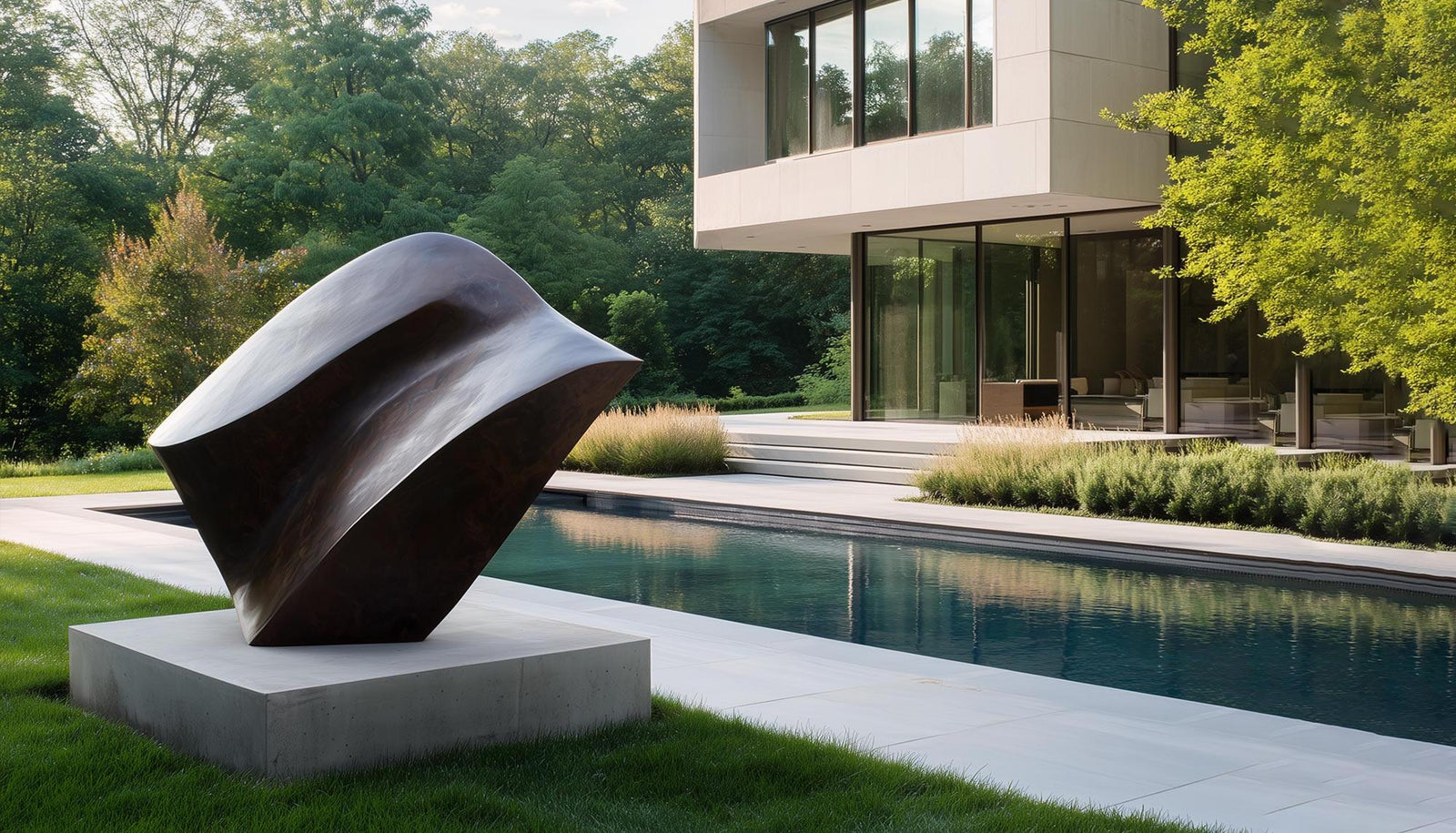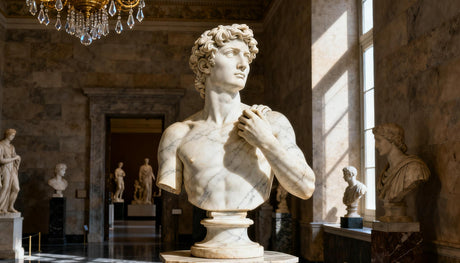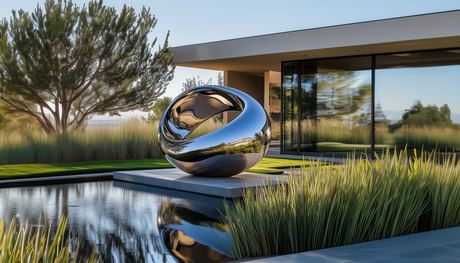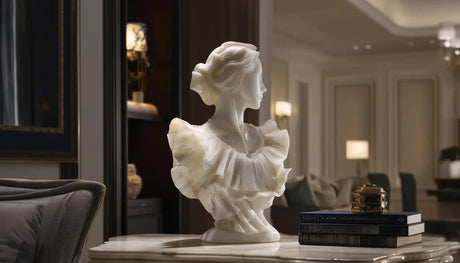In a world that constantly moves faster, modern design has taken a step back to embrace simplicity. From architecture to fashion, and most notably to art, minimalist sculpture has quietly become one of the most influential trends of the decade. This artistic movement captures the essence of form, light, and balance, offering a visual pause amid the complexity of contemporary life.
The Beauty of Less
Minimalist sculpture is not about removing details for the sake of absence. It is about refining everything to its purest state. Every curve, every polished surface, and every intersection of line and light serves a purpose. Unlike ornate classical works, minimalist art invites the viewer to focus not on what is shown but on what is felt.
The simplicity of form creates space for reflection, both literal and emotional. A smooth stainless steel sculpture, for example, reflects the sky, trees, or architecture around it, allowing nature and environment to become part of the artwork itself. This dialogue between sculpture and space is what makes minimalism so timeless.
A Perfect Fit for Modern Spaces
As architecture and interior design evolve toward open layouts and natural materials, minimalist sculptures fit seamlessly into these environments. Their clean geometry and balanced proportions complement contemporary homes, luxury villas, and landscaped gardens alike.
A polished metal sculpture placed in a courtyard can create a striking contrast against stone or greenery. Indoors, a smaller abstract form on a pedestal or console adds elegance without overwhelming the room. The quiet confidence of minimalist art allows it to enhance its surroundings rather than dominate them.
Designers and collectors value these art sculptures not only for their aesthetic appeal but also for their emotional resonance. They bring a sense of calm, clarity, and balance that many people seek in their living spaces today.
Craftsmanship in Simplicity
Behind the clean lines and smooth finishes lies an incredible depth of craftsmanship. Minimalist forms demand precision because a single imperfection in proportion or surface can alter the entire experience of the piece.
Artists who work with materials like stainless steel, bronze, and marble understand that the process is as meditative as the result. Polishing metal to a mirror finish or shaping stone to flow effortlessly takes patience and vision. The absence of decoration highlights the artist’s mastery, with every detail standing on its own strength.

Minimalism as Modern Mindset
Beyond aesthetics, minimalist sculpture reflects a broader cultural shift. In an age of digital distraction, people are gravitating toward art that embodies peace, focus, and authenticity. The rise of minimalist home décor and Zen-inspired gardens speaks to this desire for simplicity and meaning.
Collectors see minimalist sculptures not just as design pieces but as symbols of mindfulness, visual anchors that remind us to slow down and appreciate the present moment. Whether displayed in a private residence, a hotel courtyard, or an urban plaza, these artworks create space for stillness in a busy world.
The Future of Contemporary Sculpture
The minimalist trend shows no signs of fading. In fact, it is expanding, merging with technology, architecture, and sustainability. Artists are experimenting with recycled metals, reflective coatings, and fluid geometries to create pieces that interact with light, wind, and time itself.
As more people seek environments that feel both modern and meaningful, minimalist sculpture art continues to define the aesthetic of the decade. It proves that beauty does not have to shout to be seen. Sometimes, it speaks softly through harmony and grace.

A Lasting Impression
Minimalist sculptures remind us that art does not need excess to be powerful. They invite reflection, balance, and serenity, qualities that resonate across cultures and generations. Whether it is a monumental outdoor stainless steel sculpture gleaming in sunlight or a small marble bust resting in a quiet corner, minimalist art continues to shape the visual language of our time.
Because in the end, less is not just more, it is everything.









